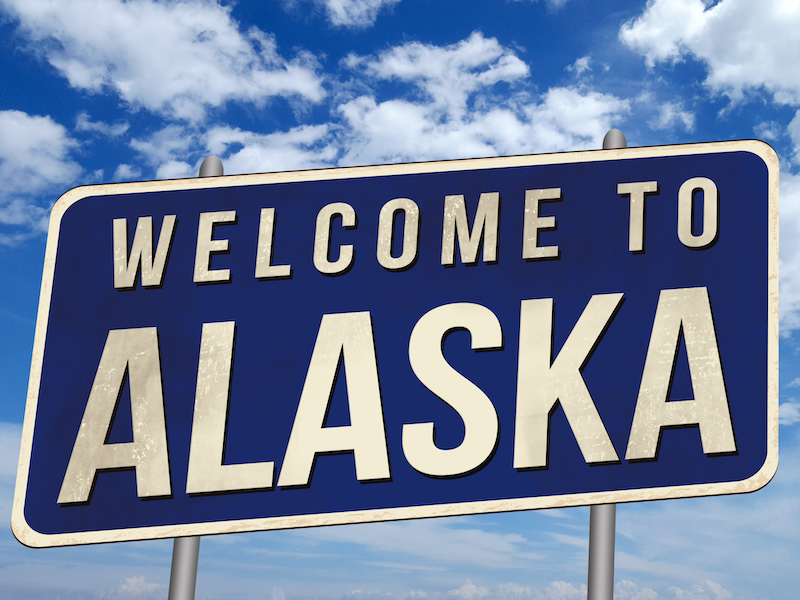

When Alaska switched its public education employees from two defined benefit pension plans to a 401(k)-style defined contribution plan, more staff left their positions, according to a new report by the National Institute on Retirement Security.
The report benchmarks retirement benefit offerings among state-level plans in Alaska and nationwide, analyzing the evolution of public pension plans since the 2008/09 financial crisis.
In 2005, the Alaska legislature voted to close its two statewide DB plans for teachers and public employees in an effort to manage the unfunded liability. Since July 1, 2006, all new hires participate in DC plans. According to the report, the change had the unintended consequence of creating workforce recruitment and retention challenges for public employers.
Read: Employers see retirement benefits as top attraction, retention tool: survey
Indeed, the report noted the lack of a DB plan and competitive benefits is often directly cited as a major reason why Alaska struggles to recruit teachers, state troopers and other public employees.
Changing demographics and actuarial assumptions indicate the percentage of workers who are leaving the Teachers Retirement System and Public Employees Retirement System has been significantly higher in the DC plan than in the DB plan, according to the report.
“The Alaska data tells a compelling story: defined benefit pensions are better at keeping teachers in classrooms than defined contribution accounts,” said Dan Doonan, executive director of the NIRS and the report’s author, in a press release. “The impact on Alaska’s classrooms is clear because the state’s data show nearly half of newly hired teachers in the defined contribution plan are leaving their jobs within two years.”
The report also noted other U.S. states haven’t followed Alaska in moving away from offering a DB plan in favour of a DC plan. While changes have been made to the pension plans offered by nearly all states, the vast majority still offer a DB plan, while some have moved towards offering a choice or a combination of the two plan types.
The experiences of other states provide insights around the tools being used to produce more stable pension costs, including cost-sharing, conditional post-retirement benefit increases, funding strategies and the use of a reserve fund, noted the report, which called these all viable options for consideration.
Read: 2019 Top 50 DC Plans Report: What does the future hold for hybrid pension plans?
